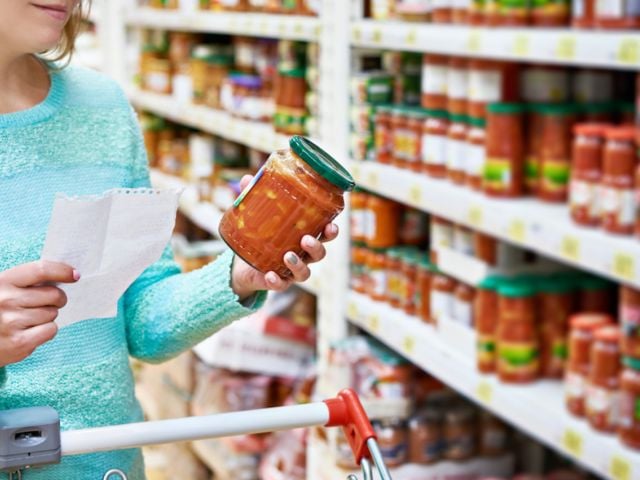USDA's new food pyramid encourages Americans to make fruits and vegetables the lion's share of their diets, but this policy, the Chicago Tribune points out, doesn't stack up with the crops the agency pays farmers to grow.
Corn and soybeans, two heavily subsidized crops, factor into the pyramid's recommendations in their whole forms, but most supplies go into artificial sweeteners and partially hydrogenated oils for packaged foods that USDA tells consumers to avoid, or are used as feed for cows, pigs and chickens. (The pyramid touts fish and beans as better protein sources.)
Rice, wheat and sugar, other subsidy all-stars, all took a hit under the new pyramid, which not only recommends eating less of the bread group as a whole, but advises shoppers to switch to whole grains for at least half their servings not good news for commodities that get lots of mileage from sugary sweets, cereals and packaged snacks.
Mindful of President Bush's February proposal to trim farm subsidies and his subsequent retreat as big agriculture lashed out against it USDA must walk a fine line between advising an increasingly obese population to make better food choices and pandering to the farm lobbies.
Farm subsidies are already unfairly skewed toward big agricultural conglomerates, hurting the family farmers they were designed to protect. Now that USDA's own data show that those subsidized corporations are also producing foods consumers should eat less of, Americans have just one more reason to ask what our tax dollars are paying for, and why.
For more information on who gets the ag dollars in your state, please visit EWG's Farm Subsidy Database.



